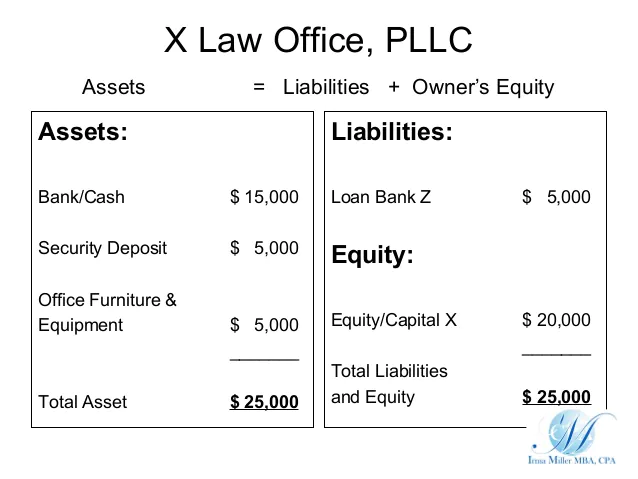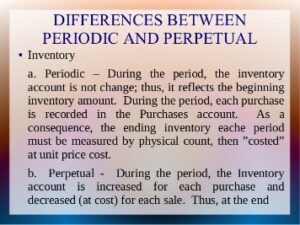Content
- Accounting Principles – Quick Questions & Answers
- Historical Cost: Definition, Principle, and How It Works
- Cost principle – What is the cost principle?
- The historical cost principle requires that when assets are acquired, they be recorded at: a….
- Historical cost
- Exceptions to the historical cost basis of accounting
By using historical cost, the balance sheet is not distorted by those variances, comparability is likewise not degraded and accounting information on the whole is solidly reliable. It is a conservative view of an asset’s value as it remains the same no matter how much time has passed or how much market demand and other conditions may have changed. The majority of assets are https://kelleysbookkeeping.com/ reported based on their historical cost, but one exception is short-term investments in actively traded shares issued by public companies (i.e. held-for-sale assets like marketable securities). For example, goodwill must be tested and reviewed at least annually for any impairment. If it is worth less than carrying value on the books, the asset is considered impaired.
It expected to have a useful life of 5 years and a residual value of £200. The balance sheet continues to report the value of the laptop as £1,000, but £160 is expensed to a depreciation account each year of its useful life. The cost principle is also known as the historical cost principle and the historical cost concept. According to the cost principle, the purchase must be recorded on the date of its occurrence at the cash amount paid.
Accounting Principles – Quick Questions & Answers
The cost principle is less applicable to long-term assets and long-term liabilities. Though depreciation, amortization, and impairment charges are used to bring these items into approximate alignment with their fair values over time, the cost principle leaves little room to revalue these items upward. Some assets must be recorded on the balance sheet using fair value accounting or at their market price. These are typically short term assets located in the current asset portion of the balance sheet. Recording these assets at market price is important as it shows a more accurate value of what the company would receive if they were sold immediately. Without necessary adjustments, the historical price of an asset is still reliable, although not entirely useful in the long term.

Historical costs help companies avoid overvaluation and calculate capital expenditures efficiently. The original price varies from the fair value, but the former does not change even if the asset appreciates. Fair value displays a company’s assets at their current market value. Sales and purchase documents can usually be used to trace the original price of an asset.
Historical Cost: Definition, Principle, and How It Works
Losses and costs—such as warranty repairs—are recorded when they are probable and reasonably estimated. Unless otherwise noted, financial statements are prepared under the assumption that the company will remain in business indefinitely. Therefore, assets do not need to be sold at fire‐sale values, and debt does not need to be paid off before maturity. This principle results in the classification of assets and liabilities as short‐term (current) and long‐term.

If the company uses the building for 10 years and then sells it for $500,000, the balance sheet value of the building will be adjusted to $500,000 to reflect its decrease in value over time. Historical cost is applied to fixed assets and is an accounting of the original purchase price. The book value is an asset’s historical The Historical Cost Principle Requires That When Assets Are Acquired cost less any depreciation and impairment costs. Book values are usually compared to market value as part of financial analyses. But note that even if the value of a company’s intangible assets are left out of a company’s balance sheet, the company’s share price (and market capitalization) does take them into account.
Cost principle – What is the cost principle?
The concept of _________________ allows for the violation of an accounting principle when the amounts are insignificant. While the principle is widely accepted in accounting, there are several exceptions where companies may use other valuation methods. It’s the price paid for the asset, which doesn’t change even if the asset appreciates. The market value, in contrast to the historical cost, refers to how much an asset can be sold in the market as of the present date. In other words, the Objectivity Principle requires that each recorded transaction/event in the books of accounts should have adequate evidence to support it. According to this principle, the financial statements should act as a means of conveying and not concealing.
NetSuite has packaged the experience gained from tens of thousands of worldwide deployments over two decades into a set of leading practices that pave a clear path to success and are proven to deliver rapid business value. With NetSuite, you go live in a predictable timeframe — smart, stepped implementations begin with sales and span the entire customer lifecycle, so there’s continuity from sales to services to support. In essence, it is the unchanging anchor with which the accounting can be pinned to accurately portray the business reality.
Facilitates financial analysis and decision-making – Advantages of Historical Cost Principle
The cost principle requires one to initially record an asset, liability, or equity investment at its original acquisition cost. The principle is widely used to record transactions, partially because it is easiest to use the original purchase price as objective and verifiable evidence of value. A variation on the concept is to allow the recorded cost of an asset to be lower than its original cost, if the market value of the asset is lower than the original cost. However, this variation does not allow the reverse – to revalue an asset upward. Thus, this lower of cost or market concept is a crushingly conservative view of the cost principle.


